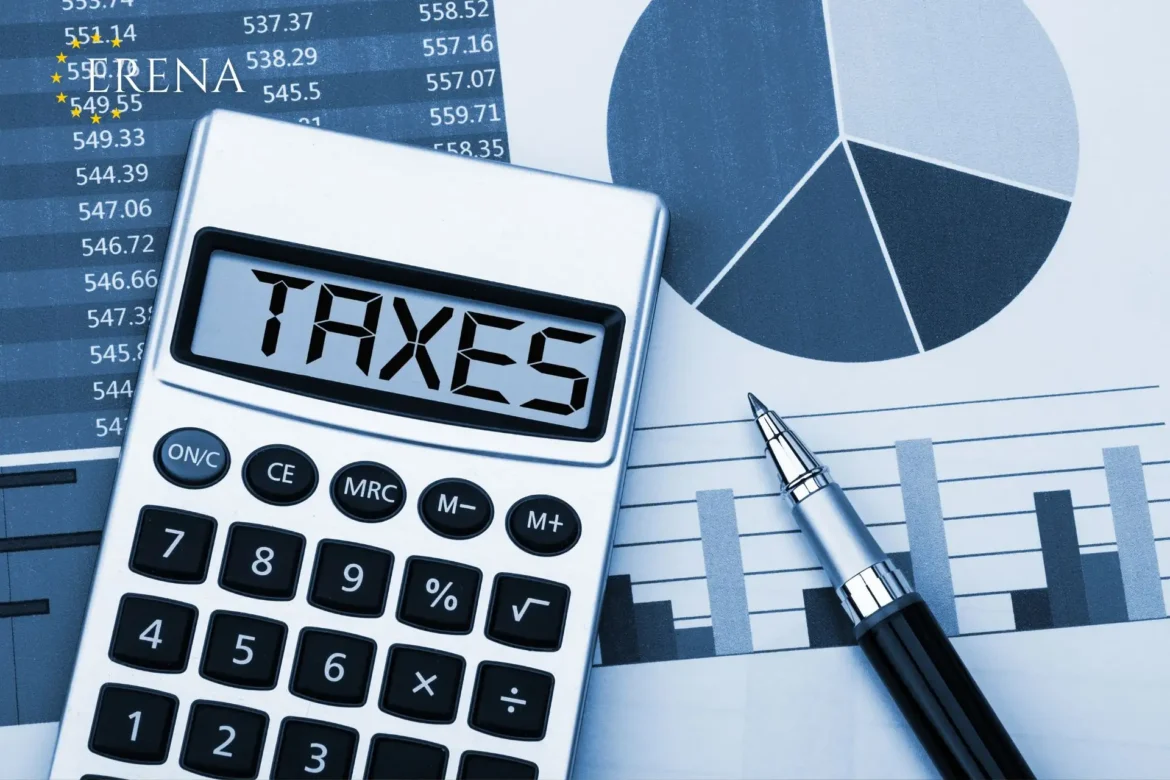Across Europe, owning property in 2025 comes with dramatically different annual costs depending on where you are. While some countries impose heavy taxes, others offer almost tax-free ownership. For homeowners and investors, understanding this variation is crucial—not just when buying, but also when planning for long-term ownership.
Property Tax in Europe: A Tale of Two Extremes
Europe doesn’t have a unified property tax model. In the UK, for example, property tax can eat up a significant portion of a household’s budget, while in Malta or Monaco, there is no annual property tax at all. The contrast couldn’t be sharper.
In Western Europe, property taxes tend to be higher, funding local governments and infrastructure. But Central and Eastern Europe—and certain microstates—maintain minimal or symbolic taxes. Here’s how the numbers compare.
📊 Property Tax Rates Across Europe (2025)
Below is a comparative overview of estimated annual taxes on a 100 m² residential apartment in capital cities, assuming typical local property values. This illustrates just how much the burden can differ between countries:
| Country | Capital City | Estimated Property Value (€) | Estimated Annual Tax (€) | Effective Tax Rate (%) | Notes |
|---|---|---|---|---|---|
| United Kingdom | London | 600,000 | 2,000–3,000 | ~0.5% | High council tax; regressive |
| France | Paris | 700,000 | 1,000–2,000 | ~0.3% | Varies by commune |
| Iceland | Reykjavík | 300,000 | ~600 | 0.20% | Higher on commercial |
| Greece | Athens | 1,000,000 | ~10,000 | ~1.0% | Includes supplementary tax |
| Poland | Warsaw | 250,000 | 20–40 | <0.02% | Area-based tax |
| Germany | Berlin | 500,000 | 300–600 | ~0.06% | New rates from 2025 |
| Netherlands | Amsterdam | 500,000 | ~300 | ~0.06% | Higher for businesses |
| Spain | Madrid | 400,000 | 600–800 | ~0.15–0.2% | IBI varies locally |
| Sweden | Stockholm | 350,000 | ~830 | Capped | Max tax applies |
| Portugal | Lisbon | 400,000 | 1,000–1,300 | ~0.3% | IMI municipal tax |
| Ireland | Dublin | 400,000 | ~400 | 0.10% | Value-banded |
| Switzerland | Zurich | 700,000 | ~0 | 0% (in some cantons) | Wealth tax applies separately |
| Luxembourg | Luxembourg City | 700,000 | 50–150 | ~0.05% | Based on unit values |
| Malta | Valletta | 400,000 | 0 | 0% | No annual property tax |
| Liechtenstein | Vaduz | 500,000 | 0 | 0% | No property tax |
Who Pays More—and Why?
The United Kingdom remains one of the most expensive places in Europe to own property from a taxation standpoint. Council taxes are levied annually based on property bands, and although progressive in principle, they often result in lower effective rates for the wealthiest homeowners. Businesses fare even worse, with commercial properties facing some of the highest tax burdens in the world.
On the opposite end, Malta, Liechtenstein, and Luxembourg offer near-zero annual property taxes. In Malta, there is no property tax at all, while in Luxembourg most homeowners pay only €50 to €150 per year, thanks to outdated assessment models and low local rates.
Trends and Tax Reforms Ahead
Several countries are reforming their property tax systems. Germany’s 2025 overhaul aims to modernize assessments without raising the overall tax burden. Croatia is introducing a per-square-meter tax that will standardize real estate taxation for the first time. Meanwhile, Luxembourg is studying new measures to adjust tax rates in line with rising property values and land usage goals.
Final Thoughts
For anyone buying or holding real estate in Europe, it’s not just the purchase price that matters—it’s the long-term cost of ownership, which varies widely based on local property taxes.
From the high taxes of London and Reykjavik to the tax-free paradises of Malta and Monaco, Europe offers options for every type of homeowner and investor. Understanding these dynamics can make the difference between a savvy investment and an expensive surprise.

